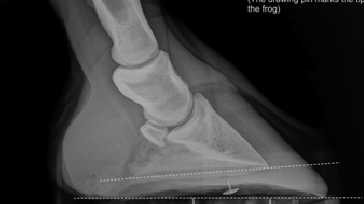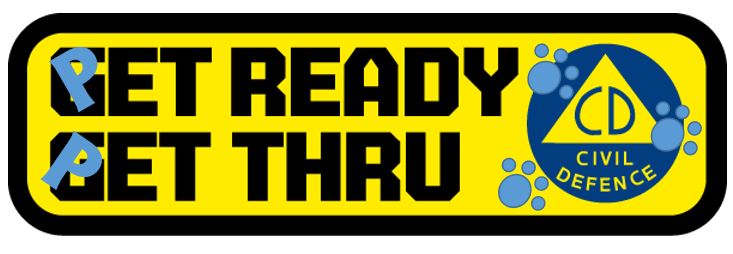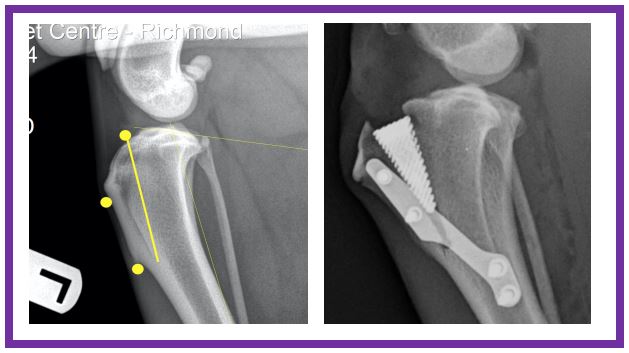Socialisation; why is it crucial for your puppy? Puppies go through the same developmental stages…

Hoof Distortions
Negative Plane or Counter Rotation of the Distal Phalanx (Pedal Bone) in Hind Feet.
There are many types of subtle equine lameness, often it is more of a ‘discomfort’, but it is uncommon to recognise the symptoms as being linked to the feet. Typically foot problems affect more than one area of the upper body. It is quite common with observant equine owners, trainers, farriers and vets, to see and recognize stiffness in the rear quarters. Frequently horses that are reluctant to move freely are resistant to work and require longer warm up times than one would consider normal.
How do we determine if the horse has a negative plane distal phalanx? A negative plane distal phalanx is not always easily observed unless x rays are taken first. However, other injuries or symptoms may become apparent prior to further investigation. All these injuries and conditions are directly related to the condition of a negative plane distal phalanx.
- Hock pain
- Stifle pain
- High suspensory strains
- Filled legs which go down following work
- Tight hamstrings or injuries
- Strains of the suspensory apparatus -‐ predominately proximal (high)
suspensory desmitis (strains)
- In front feet, check ligament injuries and mild fore limb lameness
- Kissing spines
- Constant back pain and the need for continuous therapeutic treatments,
i.e. chiropractic physiotherapy and acupuncture. In particular sacroiliac injuries or general pain around the area.
The above ailments are some of the most common found in horses with a
Negative Plane Distal Phalanx.
- The external indicators are that the horse does not land slightly heel first, thus engaging the back parts of the foot on the ground first.
- The frog is diseased of dysfunctional.
- The dorsal wall has a domed appearance to it.
Although this condition is found in the front limbs of horses, I have found a greater incidence in the hind limbs. - A line drawn along the line of the coronary band on the hind foot should bisect the front limb just behind the knee. On horses with NPDP syndrome, this line will often bisect the front limb at the elbow or above. (NOTE: Make sure the canon bone of the hind limb is vertical to the ground before assessing)
When examining the foot closely from the side (lateral view), there is commonly a crown or arch to the dorsal hoof wall this often corresponds with heels that are very unstable and appear to crumble easily under the weight and movement. Along with what seems to be poor heels, the frog is very large and has descended through the shoe to meet the ground. (Fig 1) With hoof tester examination, a positive response is common in the sole behind the widest part of the foot, through the heels and occasionally over the frog. Regardless of the pain response from the hoof testers (painful or pain free), the discomfort that exists when manipulating the limb, the dorsal wall arch and the prolapsed (enlarged) frog are the main indicators that lead to suspicion of a Negative Plane Distal Phalanx. This, means that the bottom surface of the distal phalanx that is normally elevated slightly more in the rear than in the front (2° -‐ 5°) or in some cases parallel, is actually closer to the ground in the rear of the bone than in the front.(Fig 1 Normal angle – Fig 2 NPDP syndrome)
If your horse has some of the above symptoms, give us a call at The Vet Centre. We may be able to help you.
[vc_gallery type=”flexslider_slide” interval=”3″ images=”892,903,893″ onclick=”link_image” custom_links_target=”_self” title=”Examples of Hoof Distortion” img_size=”full”]


